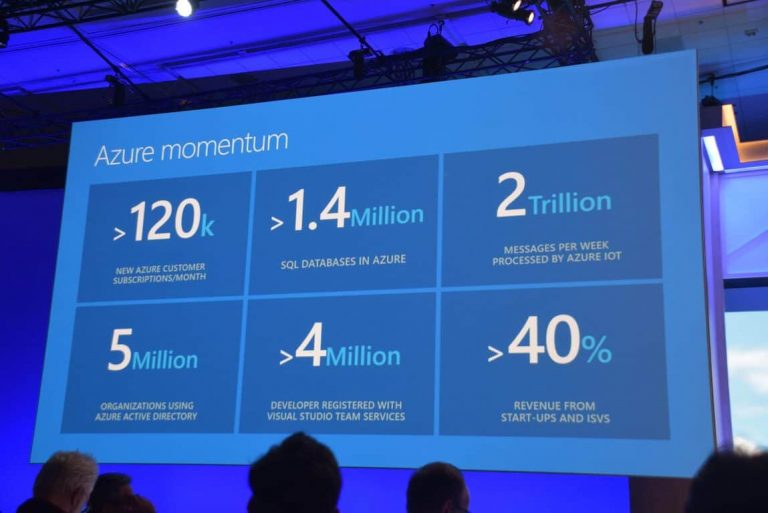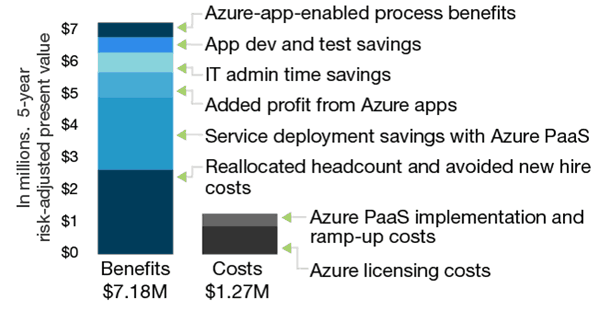The heat of the smartphone race war has arguably de- escalated from a roaring wildfire to more of stovetop simmer, however, competition in cloud computing appears to be ramping up in its place. With that being said, current industry leaders are looking for their next pivot of opportunity to one-up the competition, and it appears Microsoft’s pivoting towards educating potential customers on the financially-related benefits of using Azure Apps Service for huge cost saving potentials.
In thoughtfully crafted post on the Microsoft Azure blog page, Microsoft chief strategist for cloud and enterprise James Staten highlights the money saving processes of adopting agiler cloud-based development using VM’s and containers combined with one or more of Azure’s development environments.
Perhaps, to remove a level of company and product bias, Staten does point to a Forrester Consulting report that backed his assertion that to see big gains it would be wise to move applications and their development to the cloud.
In its latest Total Economic Impact Study, Forrester Consulting interviewed a number of current customers of Azure’s PaaS services and concluded that concluded that migrating to PaaS from IaaS resulted in a 466% return on investment. For customers migrating from on-premises environments to PaaS, the return on investment can be even greater. Time to market also improved by as much as fifty percent, because of the efficiency and speed of deploying applications with PaaS services.
Indeed, for a composite organization, Forrester estimated the overall risk-adjusted benefits of $7.18 million versus costs of $1.27 million over five years, as shown in the graphic below.”
In particular, Staten sees the future as not solely being about IaaS centric development but a more modern app-centric structure which leads right into customers taking advantage of Azure’s Platform portfolio of services (PaaS) or partner PaaS Platform that include Cloud Foundry and EngineYard among others.
Using the PaaS above model also empowers customers to build, deploy and scale app usage more dynamically through Azure. Staten also pitches Azure Functions, Azure App Service and PowerApps as replacements for seemingly redundant development layers, eliminating the need for maintaining underlying software or virtual configurations.
Staten’s post continues, describing how to best write new applications using PaaS in mind as well a brief example of migrating to the cloud, for customers who are in the investigative phase of a potential move.
The post is an absorbing one for those considering a move to the cloud or for those who have recently moved and need to show an immediate correlating ROI to executives. Visit Microsft’s Azure blog for more information.




